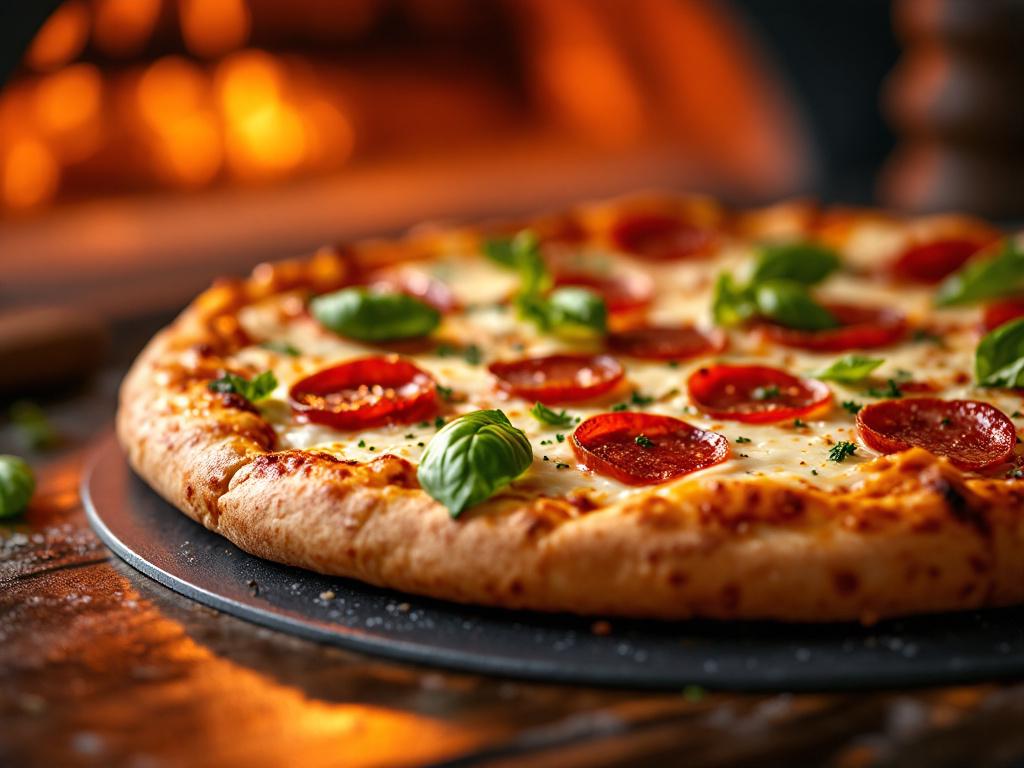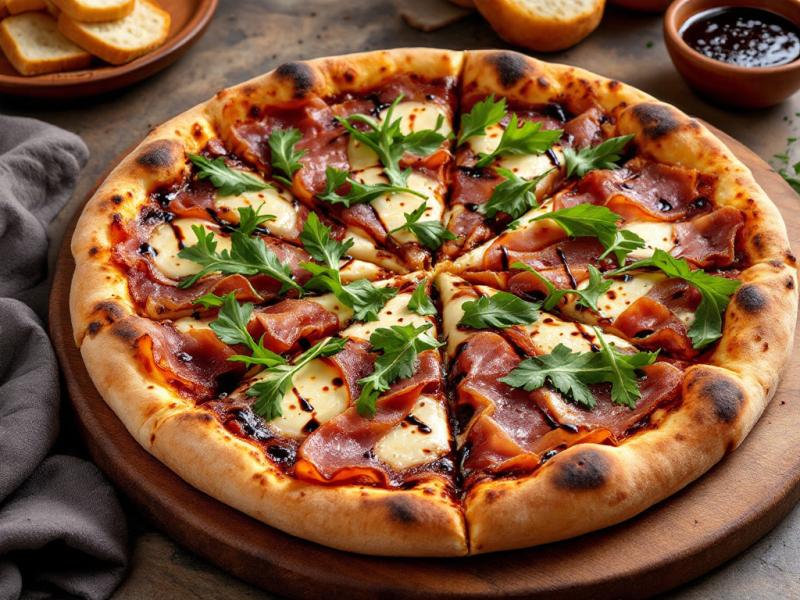Pizza Stone or Steel for Perfect Crust?
The best choice for achieving a delicious and crispy pizza crust
Alright, listen up! Today, we're diving into a debate that's as heated as a wood-fired oven: pizza stone vs. steel. If you're serious about your pizza, you know that the crust can make or break the entire pie. So, let's get into the nitty-gritty of these two tools and find out which one will give you that perfect, crispy crust that'll make your taste buds dance.
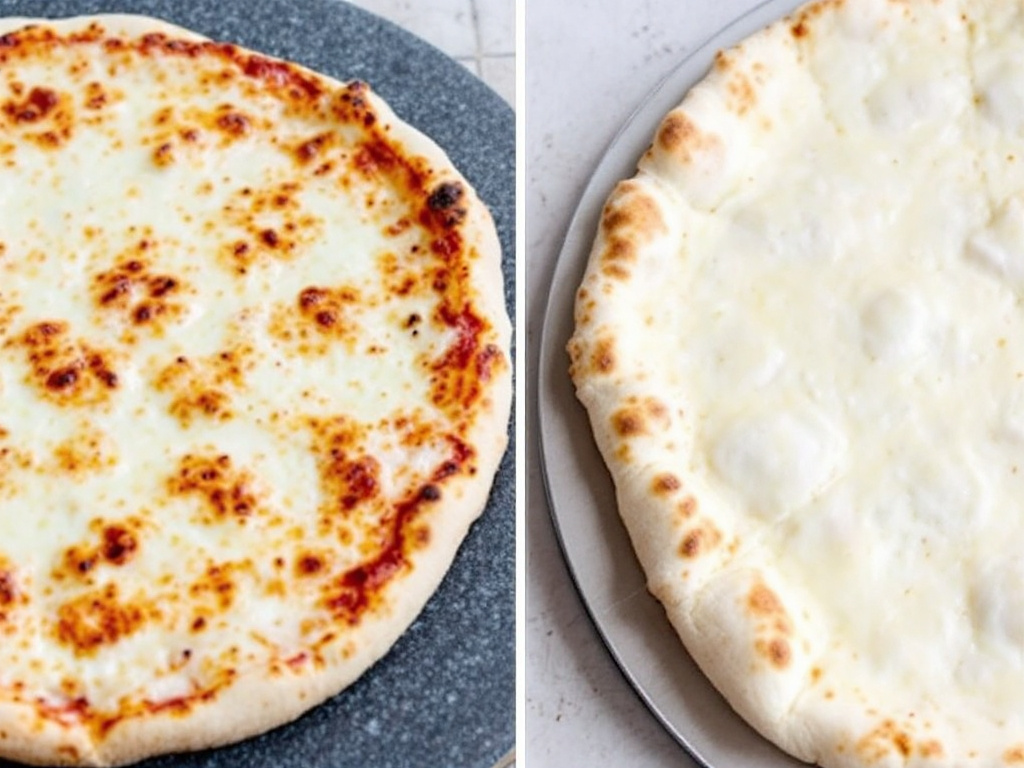
A close-up of a pizza stone and a pizza steel side by side, with a delicious pizza on top of each, showcasing the different textures and crusts achieved with each tool.
Understanding Pizza Stones
What the Hell is a Pizza Stone?
A pizza stone is a thick, flat ceramic or cordierite slab that you pop into your oven. It's designed to absorb moisture from the pizza dough, giving you a beautifully browned crust. These stones heat up gradually, making them perfect for home ovens. But watch out—they can crack if you subject them to extreme temperature changes.
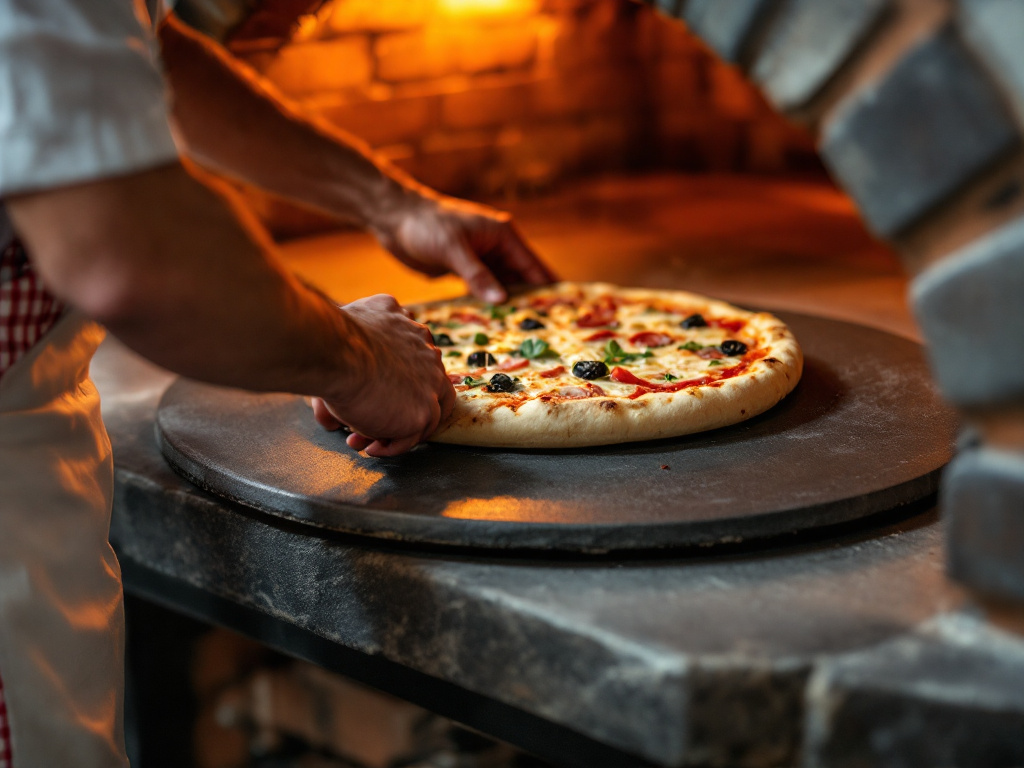
A pizza chef carefully placing a pizza on a hot pizza stone in an oven, with the stone absorbing moisture from the dough.
Key Benefits of Using Pizza Stones
- Heat Retention: Pizza stones absorb and retain heat, giving your dough an instant boost when it hits the stone. This is crucial for that perfect crispy crust.
- Moisture Absorption: The stone draws moisture away from the dough, preventing sogginess and creating a beautifully browned and crunchy crust.
- Versatility: You can use pizza stones for more than just pizza. They're great for baking bread, pastries, and even reheating leftovers.
- Ease of Use: Just preheat the stone, place your dough on it, and let it do its magic. Most stones are easy to clean with a simple scraping or brushing off.
Hints and Tips: Always preheat your pizza stone for at least 30 minutes to ensure it's hot enough. And never, ever wash it with soap—just scrape off any residue and you're good to go.
Exploring Pizza Steels
What Makes a Pizza Steel Special?
Pizza steels are made from thick, conductive metal that can withstand higher temperatures and heat up much faster than stones. This rapid heating gives you a crispier bottom on your pizza. Plus, they're less prone to cracking, making them a more durable option in the long run.
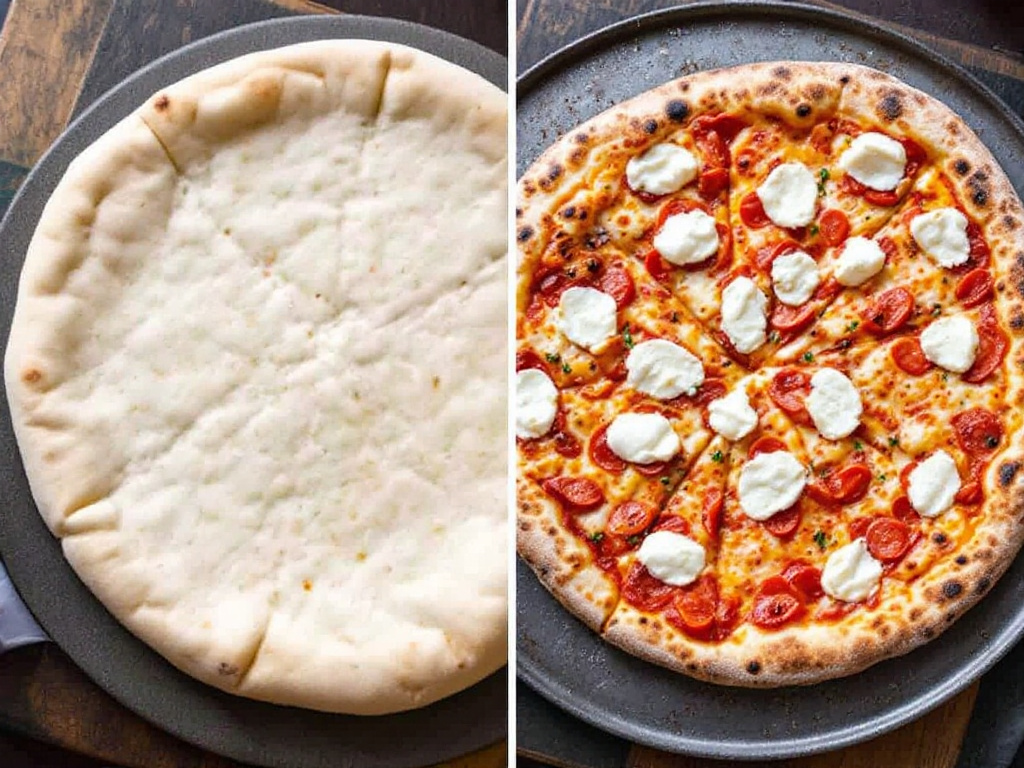
A comparison of a pizza cooked on a pizza steel versus one cooked on a pizza stone, highlighting the crispier bottom achieved with the steel.
Advantages of Cooking with Steel
- Superior Heat Retention and Distribution: Steel absorbs heat more quickly and evenly, leading to a well-cooked crust in less time.
- Durability: Steel can withstand extremely high temperatures, making it a great choice for home ovens and outdoor grills.
- Versatility: Like stones, steel can be used for baking bread, pastries, or even roasting vegetables.
Hints and Tips: Season your pizza steel with a thin layer of oil before the first use to prevent sticking. And always use oven mitts when handling—that thing gets hot!
Choosing the Right Option for You
Factors to Consider
When deciding between a pizza stone and steel, think about your cooking style and preferences. Pizza stones are great for absorbing moisture and retaining heat, making them ideal for traditional, high-temperature baking. If you enjoy taking your time and prefer a more traditional approach, a pizza stone might be your best bet.
On the other hand, pizza steels offer superior heat conductivity, reaching high temperatures quickly and distributing heat evenly. If you value speed and efficiency in the kitchen, a pizza steel could be the way to go. Plus, they're more durable and less prone to cracking.
Personal Preferences
Ultimately, the best choice depends on what you value most in your pizza-making experience. If you enjoy experimenting with dough and toppings, a pizza stone might give you the traditional results you're looking for. But if you prefer a quick and efficient cooking process with consistent results, a pizza steel could be your perfect companion.
Hints and Tips: Don't be afraid to experiment with both to see which one gives you the crust you love best. And remember, quality tools make all the difference in your pizza-making journey.
Funny Story Time!
I remember this one time, I was in the middle of a busy dinner service, and we had a pizza stone that was on its last legs. I told the chef, "Mate, that stone is about to crack like my patience with this bloody oven!" Sure enough, halfway through baking a pizza, the stone split in half, sending dough flying everywhere. We ended up serving the pizza with a side of laughter—and a new pizza stone on order!
Conclusion
So there you have it—the ultimate showdown between pizza stone vs. steel. Whether you're a traditionalist who loves the slow, steady heat of a pizza stone or a modern chef who appreciates the speed and durability of a pizza steel, there's an option out there that'll give you the perfect crust.
Don't just sit there—get in that kitchen and start experimenting! Your perfect pizza crust is waiting, and with the right tool, you'll be well on your way to pizza perfection.
References
- Serious Eats - The Pizza Lab: The World of Pizza Stones and Steels
- Food Network - Pizza Stone vs. Pizza Steel: Which is Better?
- Bon Appétit - The Best Pizza Stones and Steels for Crispy Crust
- Epicurious - How to Choose the Right Pizza Stone or Steel
- The Kitchn - Pizza Stone vs. Baking Steel: What's the Difference?
Related Products
- Ooni Koda 16 Portable Gas Pizza Oven
- Vevor 16-inch Gas Outdoor Pizza Oven Set
- Outdoor Multifunctional Stainless Steel Pizza Grill
- Outdoor Portable Propane Pizza Oven with Rotatable Stone
- Deco Chef Outdoor Gas Pizza Oven Grill
- Instant Read Stainless Steel Thermometer for Pizza
- Portable Gas Pizza Oven with Rotating Stone
- Outdoor Multi-fuel Portable Pizza Oven
- Outdoor Propane Pizza Oven with 13" Stone
- Electric Egg Bubble Waffle Maker Machine
